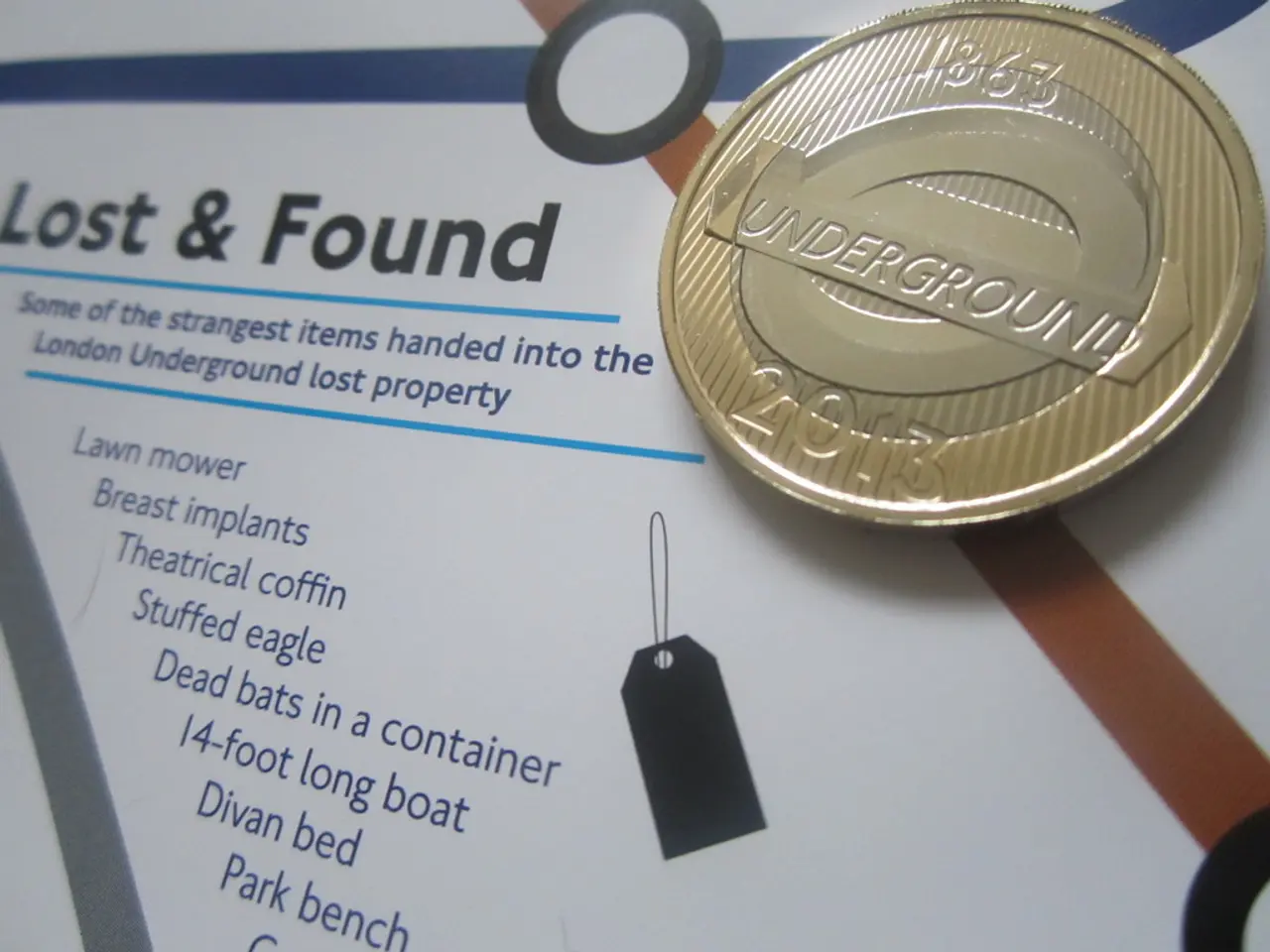Uniting systems: compatibility for a durable digital tomorrow
In the rapidly evolving digital asset ecosystem, the need for interoperability has become a pressing concern. The fragmented nature of the current system, a result of a temporal mismatch between innovation and regulation, has created regulatory arbitrage opportunities. However, mutual recognition agreements offer immediate progress in advancing regulatory interoperability, as demonstrated by the MiCA's third-country provisions that allow non-EU entities market access through compliance with equivalent standards.
The digital transformation of money presents a paradox: seamless cross-border value transfer enabled by technology, but regulatory frameworks remaining fragmented across jurisdictions. This paradox is further complicated by the diverse nature of digital assets, ranging from bitcoin to securities to tokenised commodities to novel hybrid instruments. Global consensus on classification remains elusive, adding to the complexity.
The Bank for International Settlements (BIS) plays a central role in providing the framework to harmonize regulatory requirements and organizational measures across countries. Key national regulators like the U.S. SEC and CFTC, and European bodies implementing regulations such as the EU's MiCAR, are involved in shaping and coordinating these regulatory environments internationally. Organizations like ISO, BIS working groups, and initiatives like the International Telecommunication Union's Digital Currency Global Initiative bridge the gap between principles and practice.
Interoperable frameworks can democratise access to global financial infrastructure, reducing existing inequalities. They are not just an operational necessity, but the foundation for an inclusive, innovative, and resilient digital financial future. The transition from analogue to digital money represents a generational opportunity to reimagine financial architecture.
However, unilateral action can create friction, as seen with the Financial Action Task Force's travel rule for crypto transactions, which varies significantly in implementation. International bodies need to adapt their coordination mechanisms for the digital age. Without interoperability standards, the risk of creating digital versions of the friction-filled correspondent banking system we seek to transcend increases with the development of CBDCs.
The European Union is advancing MiCA, the US has multiple competing frameworks, Singapore pioneers regulatory sandboxes, China deploys its digital renminbi, and over 130 countries are exploring central bank digital currencies (CBDCs). The window for establishing interoperable frameworks narrows as national systems solidify, making early design decisions crucial.
Christoph Kreiterling, a Professor of Technology Assessment and Sustainability Communication at Trier University of Applied Sciences and a Research Fellow at University College London's Centre for Blockchain Technology, emphasizes the importance of interoperability. He states, "Interoperable frameworks can democratise access to global financial infrastructure, reducing existing inequalities."
The BIS's work on CBDCs demonstrates that technical interoperability between different CBDC systems is achievable, as shown by projects like Tourbillon, mBridge, and Dunbar. Interoperability should be polycentric and protocol-agnostic to avoid replicating existing fragmentation in digital form. Regulatory interoperability requires technical standardisation as its foundation, with common technical frameworks enabling regulatory harmonisation.
In conclusion, the pursuit of interoperability is crucial for a seamless, inclusive, and resilient digital financial future. It offers the potential to democratise access to global financial infrastructure, reduce existing inequalities, and provide a foundation for an innovative and resilient digital financial system. As the world moves towards the digital transformation of money, the need for interoperability becomes increasingly apparent.
Read also:
- Reporter of Silenced Torment or Individual Recording Suppressed Agony
- EPA Administrator Zeldin travels to Iowa, reveals fresh EPA DEF guidelines, attends State Fair, commemorates One Big Beautiful Bill
- Musk announces intention to sue Apple for overlooking X and Grok in the top app listings
- Cybertruck's Disappointing Setback, Musk's New Policy, Mega-Pack Triumphs, Model Y's Anticipated Upgrade Prior to Refresh (Week of January 25 for Tesla)







